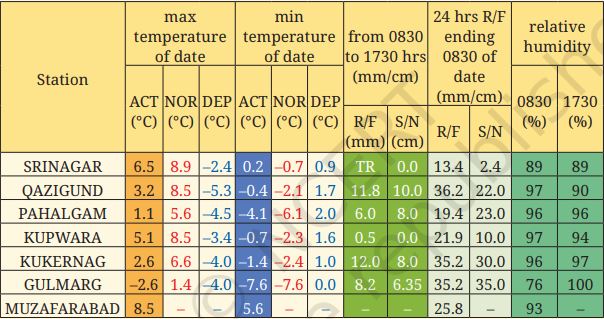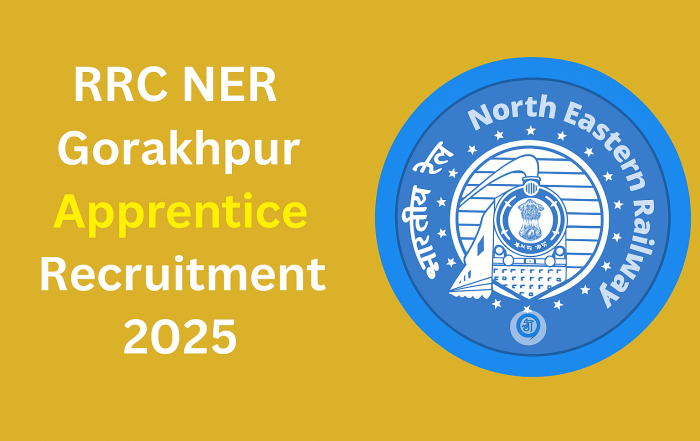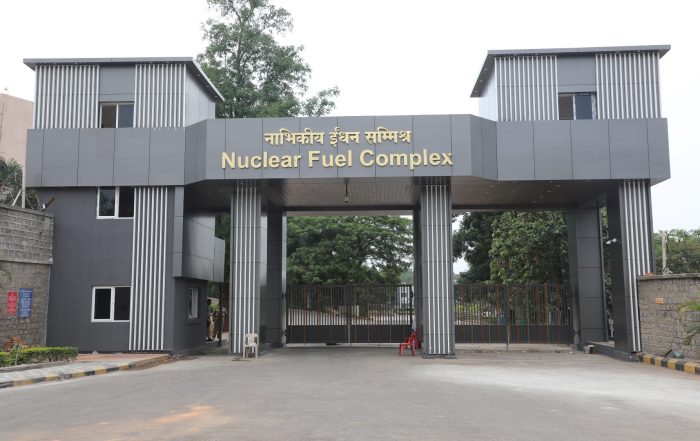RECENT POSTS
NCERT Solutions For Class 7 Social Science Chapter 1 – Geographical Diversity of India
🌏 Geographical Diversity of India – Class 7 Chapter 1 Questions and Answers India is known for its breathtaking geographical diversity — from ❄️ snow-covered mountains to 🌴 lush plains and 🏖️ coastal beauty. Let’s [...]
Understanding the Weather – Class 7 chapter 2 Geography
🌦️ Understanding the Weather – Class 7 chapter 2 Geography When we look up at the sky, sometimes we see bright sunshine, sometimes dark clouds, and at other times we hear the sound of thunder. [...]
कक्षा 10 विज्ञान अध्याय 1 – रासायनिक अभिक्रियाएँ एवं समीकरण | महत्वपूर्ण प्रश्न उत्तर सहित
कक्षा 10 विज्ञान अध्याय 1 – रासायनिक अभिक्रियाएँ एवं समीकरण | अभ्यास प्रश्न उत्तर सहित इस अध्याय में हम रासायनिक अभिक्रियाओं और समीकरणों से जुड़े महत्वपूर्ण प्रश्नों और उनके उत्तरों पर चर्चा करेंगे। प्रश्न 1. [...]
🔥 IBPS Clerk Prelims Result 2025 Out: Direct Link, Cut Off & Scorecard
IBPS Clerk Prelims Result 2025: Expected Release Date & Direct Link The Institute of Banking Personnel Selection (IBPS) successfully conducted the IBPS Clerk Prelims Exam 2025 on 4th and 5th October 2025 across multiple centers [...]
SEBI Grade A Recruitment 2025: Apply Online for 110 Assistant Manager Posts
The Securities and Exchange Board of India (SEBI) has announced Officer Grade A (Assistant Manager) Recruitment for 2025.With 110 vacancies across seven streams, this recruitment offers one of the most prestigious career opportunities in India’s [...]
कक्षा 10 विज्ञान – अध्याय 3: धातु एवं अधातु
कक्षा 10 विज्ञान – अध्याय 3: धातु एवं अधातु धातु के भौतिक गुण:अधातु के भौतिक गुण:बहुविकल्पीय प्रश्न / रिक्त स्थान निम्न में से धातु का गुण नहीं है – (अ) ध्वनिक (ब) तन्यता (स) आघातवर्ध्यता [...]
PNB Recruitment 2025: Apply Online for 750 Local Bank Officer Posts
Punjab National Bank (PNB) has announced the PNB Recruitment 2025 Notification for 750 Local Bank Officer (LBO) vacancies across India.This recruitment drive offers a golden opportunity for graduates who aspire to start a career in [...]
RRC Gorakhpur Apprentice Recruitment 2025: Apply Online for 1104 ITI Vacancies
🚆 RRC Gorakhpur Apprentice Recruitment 2025 – Apply Online for 1104 ITI Posts The Railway Recruitment Cell (RRC), North Eastern Railway (NER), Gorakhpur has announced the Apprentice Notification 2025 for 1104 vacancies. This recruitment is [...]
NFC Recruitment 2025: Apply Online for 405 Apprentice Posts at Nuclear Fuel Complex, Hyderabad
🚀 NFC Recruitment 2025: Apply Online for 405 Apprentice Posts in Hyderabad The Nuclear Fuel Complex (NFC), Hyderabad, a premier unit under the Department of Atomic Energy, has opened its doors for 405 Apprentice positions. [...]
ONGC Apprentice Recruitment 2025: 2743 Vacancies for ITI, Diploma & Graduates – Apply Now!
ONGC Apprentice Recruitment 2025: Apply for 2743 Vacancies Across India! Looking to launch your career with one of India’s most prestigious public sector enterprises? The Oil and Natural Gas Corporation Limited (ONGC) has announced its [...]
















